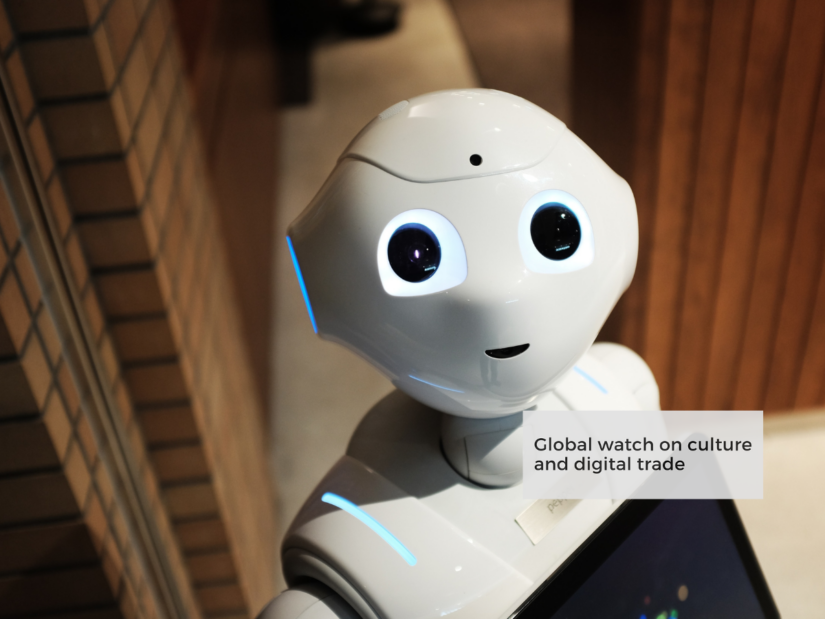Apple And Artificial Intelligence: A Crossroads Moment

Table of Contents
Apple's Current AI Landscape
Siri's Evolution and Limitations
Siri, Apple's virtual assistant, has come a long way since its inception. However, compared to competitors like Google Assistant and Alexa, it still lags in several key areas. While Siri offers basic functionality such as setting reminders and making calls, its limitations are apparent.
- Accuracy: Siri sometimes struggles with understanding complex queries or accents, leading to frustrating misinterpretations.
- Contextual Understanding: Maintaining context across multiple interactions remains a challenge for Siri. It often fails to understand the nuances of a conversation, requiring repetitive clarifications.
- Third-Party App Integration: Integration with third-party apps is often patchy, limiting Siri's overall utility.
Significant improvements are needed in natural language processing (NLP), proactive assistance, and overall contextual awareness to elevate Siri to the level of its leading competitors. This necessitates advancements in machine learning algorithms and enhanced training datasets.
On-Device AI and Privacy
Apple has staked its claim on a crucial differentiator: on-device AI processing. Unlike many competitors, Apple prioritizes processing AI tasks directly on the user's device, minimizing data transfer to the cloud. This commitment to privacy is a significant strength, offering users a higher degree of control over their personal information.
- Differential Privacy: Apple employs differential privacy techniques, adding noise to data sets to protect individual user information while still allowing for aggregate analysis and model training.
- Data Security: This approach significantly enhances data security by reducing the risk of data breaches and unauthorized access.
However, on-device processing also presents trade-offs. The computational power of a smartphone or other device is limited, potentially hindering the complexity and performance of AI models compared to cloud-based solutions. Striking the right balance between privacy and performance is a key challenge for Apple's AI strategy.
AI's Role in Apple's Hardware
AI is already deeply embedded within Apple's hardware ecosystem. From image processing capabilities in iPhones to predictive text in iPads and Macs, AI enhances user experience in various subtle but impactful ways.
- Image Processing: AI powers features like portrait mode, scene detection, and object recognition, enhancing photo and video quality.
- Predictive Text: AI algorithms anticipate user input, speeding up typing and improving accuracy.
- Health Features: Apple Watch utilizes AI for heart rate monitoring, fall detection, and other health-related functions.
Future potential applications are vast. We can anticipate more sophisticated augmented reality (AR) experiences, personalized health recommendations based on individual data, and proactive problem-solving within Apple's ecosystem.
Apple's Competitive Challenges in AI
Catching Up to the Leaders
Apple faces stiff competition from established AI leaders like Google, Amazon, and Microsoft. These companies have invested heavily in AI research and development, accumulating vast datasets and employing leading experts in the field.
- Talent Acquisition: Attracting and retaining top AI talent is a significant challenge for Apple, given the intense competition for skilled engineers and researchers.
- Competitive Capabilities: While Apple's AI is integrated seamlessly into its products, the overall breadth and depth of AI capabilities offered by competitors often surpasses Apple's current offerings.
Strategic partnerships and acquisitions could play a crucial role in accelerating Apple's AI development and bridging the gap with its leading competitors.
Balancing Innovation and User Experience
Integrating advanced AI features without compromising Apple's signature user-friendly interface and brand identity presents a delicate balancing act. Overly complex or intrusive AI features could alienate users accustomed to Apple's minimalist and intuitive design philosophy.
- Seamless Integration: The key to success lies in seamlessly integrating AI functionalities into the user experience, making them intuitive and unobtrusive.
- Avoiding Complexity: Apple must avoid introducing AI features that add unnecessary complexity or overwhelm users.
Future Directions for Apple and Artificial Intelligence
Potential Breakthroughs
Several areas hold immense potential for future breakthroughs in Apple's AI strategy.
- Natural Language Processing (NLP): Significant improvements in NLP could lead to a more natural and intuitive interaction with Siri and other AI-powered features.
- Sophisticated Machine Learning Models: More advanced machine learning models could enable more accurate predictions, personalized recommendations, and proactive problem-solving.
- Cross-Device Integration: Enhanced integration of AI across Apple devices could create a truly seamless and personalized user experience.
This could lead to advanced personal assistants anticipating user needs, proactive problem-solving based on learned patterns, and improved accessibility features for users with disabilities.
Strategic Acquisitions and Partnerships
Strategic acquisitions and partnerships could significantly accelerate Apple's AI progress. Acquiring smaller AI companies with specialized expertise or collaborating with research institutions could provide access to cutting-edge technology and talent.
- Potential Acquisition Targets: Companies specializing in NLP, computer vision, or machine learning could significantly enhance Apple's AI capabilities.
- Strategic Partnerships: Collaborations with universities and research institutions could provide access to leading-edge research and talent.
Conclusion
Apple's journey in the world of artificial intelligence is far from over. The company possesses significant strengths, including a commitment to user privacy and a strong ecosystem of hardware and software. However, it faces significant challenges in catching up to competitors and seamlessly integrating advanced AI features without compromising its user-friendly design philosophy. The future of "Apple and Artificial Intelligence" hinges on its ability to navigate this crossroads, balancing innovation with its core values. What do you think the future holds for Apple and Artificial Intelligence? Share your predictions for Apple's next AI innovations in the comments below.

Featured Posts
-
 India Overtakes Uk France And Russia A New Global Powerhouse
May 09, 2025
India Overtakes Uk France And Russia A New Global Powerhouse
May 09, 2025 -
 Cryptocurrencys Resilience Amidst Trade Wars A Winning Prospect
May 09, 2025
Cryptocurrencys Resilience Amidst Trade Wars A Winning Prospect
May 09, 2025 -
 Treiler Materialists Dakota Johnson Pedro Pascal Kai Chris Evans Se Romantiki Komenti
May 09, 2025
Treiler Materialists Dakota Johnson Pedro Pascal Kai Chris Evans Se Romantiki Komenti
May 09, 2025 -
 Bao Hanh Tre Em Tien Giang Phai Xu Ly Nghiem Minh Nguoi Bao Mau
May 09, 2025
Bao Hanh Tre Em Tien Giang Phai Xu Ly Nghiem Minh Nguoi Bao Mau
May 09, 2025 -
 Caso Madeleine Mc Cann Nova Prisao No Reino Unido
May 09, 2025
Caso Madeleine Mc Cann Nova Prisao No Reino Unido
May 09, 2025
